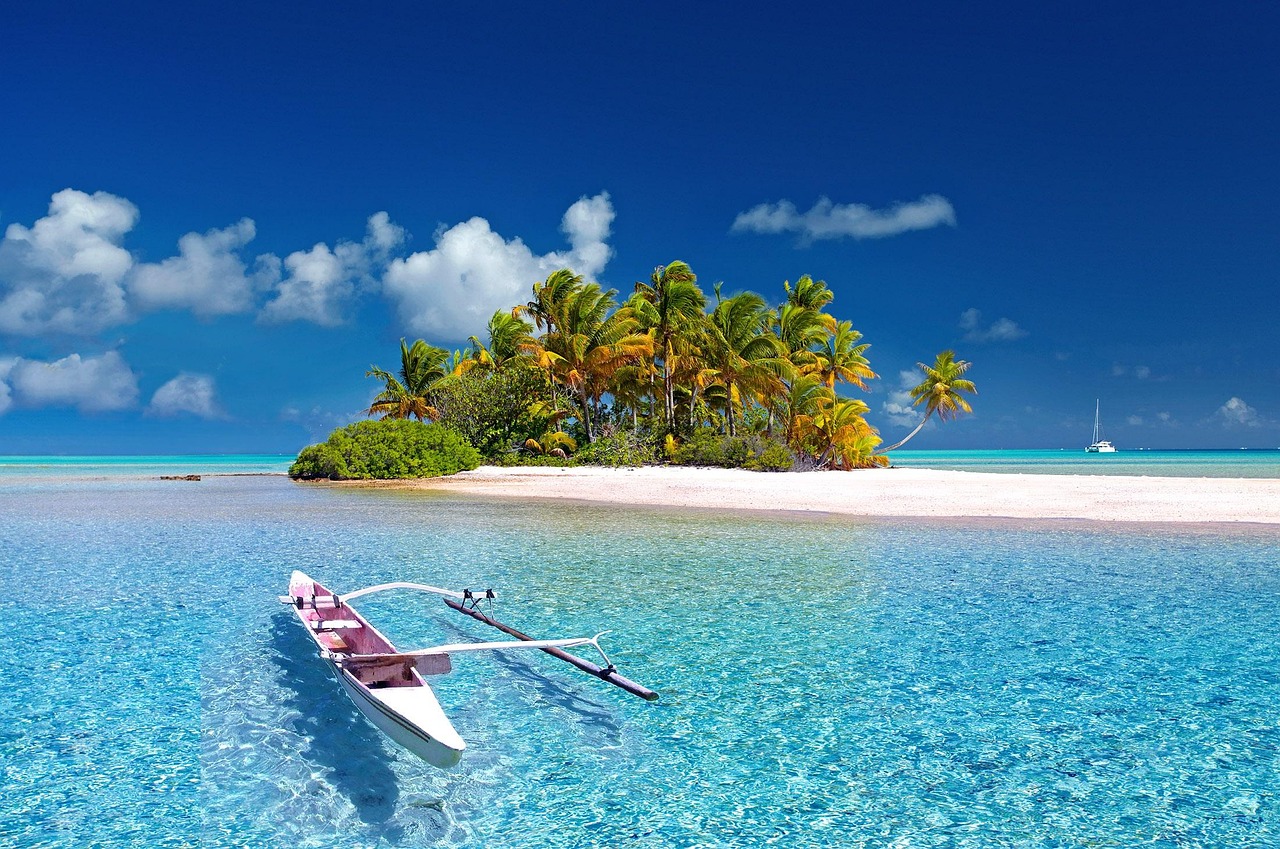The Karner Blue Butterfly plays a crucial role in its ecosystem by serving as an indicator species. Its presence signifies a healthy environment, while its decline can signal ecological distress. Additionally, it contributes to pollination, supporting the growth of various plant species, thus maintaining biodiversity.
The Karner Blue Butterfly (Lycaeides melissa samuelis) is a small, vibrant butterfly native to certain regions of North America, primarily found in parts of New York, Wisconsin, and New Hampshire. This species is notable not only for its beauty but also for its critical role in maintaining the health of its ecosystem. The butterfly thrives in habitats that are rich in wild lupine, its primary food source during the larval stage. Protecting this butterfly means preserving the delicate balance of the ecosystems it inhabits.
The importance of the Karner Blue Butterfly in conservation efforts extends beyond its aesthetic appeal. It serves as a bioindicator, meaning that its well-being reflects the overall health of the ecosystem. When Karner Blue populations are stable, it often indicates that the surrounding habitat is thriving. Consequently, its decline can suggest environmental issues such as habitat destruction, pollution, or climate change effects.
Habitat Requirements

The Karner Blue Butterfly requires specific conditions for its survival. These include open sandy habitats with a plentiful supply of wild lupine. Understanding these habitat requirements is essential for effective conservation strategies. The following table outlines key habitat characteristics necessary for the Karner Blue Butterfly:
| Habitat Characteristic | Description |
|---|---|
| Vegetation Type | Open, sunny areas often dominated by wild lupine. |
| Soil Type | Sandy soils that allow for proper drainage and support wild lupine growth. |
| Moisture Level | Moderate moisture levels are ideal, avoiding overly wet or dry conditions. |
| Sunlight Exposure | Full sunlight is necessary for the butterfly’s active feeding and mating behaviors. |
Maintaining these specific conditions is vital for the survival of the Karner Blue Butterfly. Conservationists focus on habitat restoration and management practices that promote the growth of wild lupine and reduce encroachment from invasive species. This includes controlled burns and selective logging to create open spaces that benefit the butterfly.
In addition to its habitat requirements, the lifecycle of the Karner Blue Butterfly emphasizes the need for targeted conservation efforts. The species undergoes several stages: egg, larva (caterpillar), pupa (chrysalis), and adult butterfly. Each stage has distinct needs and vulnerabilities. For instance, the larvae are entirely dependent on wild lupine for food, making it crucial to ensure these plants are abundant in their habitats.
Ecological Contributions
The ecological contributions of the Karner Blue Butterfly extend beyond being a pollinator. By supporting plant diversity through pollination, this butterfly indirectly enhances food sources for other wildlife. Its presence can help sustain populations of birds and other insects that rely on a diverse ecosystem for survival.
Furthermore, butterflies like the Karner Blue are essential for supporting local flora. As they feed on nectar from various flowers, they facilitate cross-pollination, which is vital for plant reproduction. This process promotes genetic diversity within plant populations and contributes to a robust ecosystem.
Conservation initiatives aimed at protecting the Karner Blue Butterfly can have far-reaching effects. By safeguarding this species, we also protect countless other organisms that share its habitat. This interconnectedness highlights the importance of preserving this butterfly and its ecosystem role to maintain biodiversity and ecological health.
Threats to the Karner Blue Butterfly
The Karner Blue Butterfly faces numerous threats that jeopardize its survival. Understanding these threats is essential for effective conservation strategies. The primary challenges include habitat loss, climate change, and invasive species. Each of these factors significantly impacts the populations of this vulnerable species.
Habitat Loss
One of the most pressing threats to the Karner Blue Butterfly is habitat loss. Urban development, agriculture, and forestry practices have led to the destruction of its natural habitats. The following points outline how habitat loss affects the butterfly:
- Urban Expansion: Increased construction and urban development replace open sandy habitats with buildings and roads, limiting the butterfly’s living space.
- Agricultural Practices: Intensive farming practices often involve the use of pesticides and herbicides, which can eliminate wild lupine and other native plants essential for the butterfly’s lifecycle.
- Logging Activities: While some logging practices may be beneficial, unsustainable logging can destroy essential habitats and disrupt the delicate balance of ecosystems.
Climate Change
Climate change poses an additional threat to the Karner Blue Butterfly. Fluctuating temperatures and changing precipitation patterns can affect the availability of wild lupine and alter habitat conditions. Key impacts of climate change include:
- Altered Growth Patterns: Changes in temperature can affect the timing of wild lupine blooming, potentially misaligning with the lifecycle of the butterfly.
- Increased Weather Extremes: Severe weather events, such as droughts or heavy rainfall, can devastate habitats crucial for the survival of both wild lupine and the butterfly.
- Shifts in Distribution: As climate conditions change, the range of suitable habitats for the Karner Blue Butterfly may shift, making it difficult for populations to adapt.
Invasive Species
Invasive plant species also pose a significant threat to the Karner Blue Butterfly. These plants can outcompete native vegetation, including wild lupine, leading to a decline in available food sources. The following points highlight how invasive species impact butterfly populations:
- Competition for Resources: Invasive plants often grow rapidly and can dominate areas, reducing the space and resources available for wild lupine.
- Altered Habitat Structure: Changes in habitat caused by invasive species can make environments less hospitable for butterflies.
- Pest Attraction: Some invasive plants may attract pests that harm native plants essential for the butterfly’s lifecycle.
The Role of Conservation Efforts
To combat these threats, conservation efforts have become increasingly important. Various organizations and government agencies are dedicated to preserving the Karner Blue Butterfly and its habitat. These initiatives focus on habitat restoration, public education, and research.
Habitat Restoration
Habitat restoration plays a critical role in the conservation of the Karner Blue Butterfly. Efforts include:
- Replanting Wild Lupine: Restoration projects often involve planting wild lupine in areas where it has declined or disappeared.
- Controlled Burns: Fire management techniques help maintain open habitats by reducing thick underbrush that might otherwise crowd out wild lupine.
- Invasive Species Management: Programs are implemented to remove invasive plants that threaten native flora essential to the butterfly’s lifecycle.
Public Engagement and Education
Engaging the public is also vital for successful conservation. Educating communities about the importance of the Karner Blue Butterfly fosters support for conservation initiatives. Efforts include:
- Awareness Campaigns: Informational campaigns aim to raise awareness about the butterfly’s ecological role and its current threats.
- Volunteer Programs: Many organizations encourage community involvement in restoration projects, allowing individuals to contribute directly to conservation efforts.
- School Programs: Educational programs in schools help cultivate an understanding of biodiversity among younger generations.
Research and Monitoring Efforts

Research and monitoring are essential components of conservation strategies for the Karner Blue Butterfly. By gathering data on population dynamics, habitat use, and threats, conservationists can develop informed management plans. These efforts help track changes in butterfly populations and assess the effectiveness of conservation actions.
Population Monitoring
Monitoring the population of the Karner Blue Butterfly involves regular surveys and data collection. Such activities provide valuable insights into population trends and health. Key aspects of population monitoring include:
- Field Surveys: Regular field surveys help estimate population sizes and distribution patterns. These surveys often involve counting individuals in designated areas during peak flight periods.
- Longitudinal Studies: Long-term studies track changes in populations over time, providing insights into survival rates and reproductive success.
- Habitat Assessments: Evaluating the quality and availability of habitats is vital. This involves assessing the presence of wild lupine and other resources the butterfly relies on for survival.
Data Sharing and Collaboration
Collaboration among various stakeholders is crucial for effective conservation. Organizations, government agencies, researchers, and local communities often work together to share data and resources. Collaborative efforts include:
- Partnerships with Universities: Academic institutions often conduct research on biodiversity, providing critical data that informs conservation strategies.
- Citizen Science Programs: Engaging volunteers in data collection expands monitoring efforts. Citizen scientists can help gather valuable information on butterfly sightings and habitat conditions.
- Government Collaboration: Local, state, and federal agencies coordinate to create comprehensive management plans that address the needs of the Karner Blue Butterfly and its habitat.
The Economic Value of Conservation

Conserving the Karner Blue Butterfly extends beyond ecological benefits; it also has economic implications. Healthy ecosystems contribute to local economies through various avenues, including tourism, agriculture, and ecosystem services.
Tourism and Recreation
Butterflies attract nature enthusiasts, photographers, and tourists. Protecting the Karner Blue Butterfly can enhance ecotourism opportunities. Economic benefits of tourism related to butterfly conservation include:
- Ecosystem Tours: Guided tours in butterfly habitats can attract visitors, providing income for local businesses.
- Photography Workshops: Nature photographers often seek out vibrant species like the Karner Blue, leading to workshops that generate revenue.
- Wildlife Observation: Birdwatchers and other wildlife enthusiasts are drawn to areas known for diverse butterfly populations, enhancing local tourism.
Agricultural Benefits
Healthy ecosystems support agricultural productivity. The presence of pollinators like the Karner Blue Butterfly positively impacts crop yields. Key benefits include:
- Pollination Services: Butterflies contribute to pollination, which is critical for many fruit and vegetable crops. This can lead to higher yields for farmers.
- Diverse Plant Communities: Diverse ecosystems promote soil health and resilience against pests, reducing the need for chemical inputs that can harm butterflies.
- Sustainable Practices: Farmers adopting sustainable practices that protect butterfly habitats often find they also enhance their own agricultural productivity.
The Role of Legislation in Protection
Legislative measures play a pivotal role in protecting the Karner Blue Butterfly. Laws and regulations can help conserve critical habitats and promote recovery efforts. Important legislative frameworks include:
- The Endangered Species Act (ESA): This act provides legal protection for species at risk of extinction, including the Karner Blue Butterfly. It facilitates recovery planning and habitat protection.
- State Regulations: Many states have enacted their own laws to protect endangered species. These regulations often complement federal efforts.
- Land Use Planning: Local governments can implement land-use policies that prioritize conservation areas, ensuring that development does not encroach on vital habitats.
The combination of research, economic incentives, and legislative support creates a multifaceted approach to conserving the Karner Blue Butterfly. By integrating these elements, stakeholders can ensure the long-term survival of this vital species and its ecosystem role.
Future Directions for Conservation

The conservation of the Karner Blue Butterfly requires ongoing commitment and innovation. As threats to its habitat continue to evolve, adaptive management strategies must be developed. Future directions for conservation efforts may include:
- Adaptive Management: Implementing flexible management practices that can be adjusted based on new research findings and environmental changes. This approach allows conservationists to respond effectively to emerging threats.
- Climate Resilience Strategies: Developing strategies that enhance the resilience of habitats to climate change. This may involve restoring ecological processes that support biodiversity and improve the adaptability of ecosystems.
- Enhanced Collaboration: Strengthening partnerships across various sectors, including conservation organizations, government agencies, and private landowners, can lead to more comprehensive and effective conservation outcomes.
Moreover, integrating technology in conservation efforts can provide valuable insights. Utilizing tools such as remote sensing, Geographic Information Systems (GIS), and citizen science platforms can enhance the monitoring of butterfly populations and habitat conditions. These technologies can help identify changes in land use and habitat quality more efficiently.
Community Involvement in Conservation
Community involvement is crucial for the success of conservation initiatives related to the Karner Blue Butterfly. Local communities can play a significant role through grassroots efforts and advocacy. Engaging residents in the following ways can strengthen conservation outcomes:
- Community-Based Conservation: Encouraging local communities to participate in habitat restoration projects fosters a sense of ownership and responsibility toward preserving local ecosystems.
- Education and Awareness Programs: Raising awareness about the importance of the Karner Blue Butterfly can mobilize community support for conservation efforts. Workshops, seminars, and educational materials can empower individuals to take action.
- Advocacy Initiatives: Communities can advocate for policies that protect critical habitats. By voicing their concerns and supporting conservation legislation, they contribute to the broader movement for ecological preservation.
Conclusion
The Karner Blue Butterfly is more than just an enchanting species; it serves as a vital component of its ecosystem. Through its role as a pollinator and bioindicator, it contributes significantly to biodiversity and ecological health. The challenges faced by this butterfly highlight the urgent need for targeted conservation efforts.
By understanding the threats posed by habitat loss, climate change, and invasive species, stakeholders can develop effective strategies that ensure the survival of this species. Collaborative efforts, combined with legislative support and community engagement, create a robust framework for preserving the Karner Blue Butterfly and its natural habitat.
The future of the Karner Blue Butterfly depends on our collective actions today. Through continued research, monitoring, and adaptive management, we can protect this invaluable species for generations to come, reaffirming our commitment to biodiversity and ecological balance.
In summary, the conservation of the Karner Blue Butterfly is not only vital for maintaining its population but also essential for supporting broader ecological integrity. As we move forward, let us prioritize the preservation of this butterfly as a symbol of our dedication to environmental stewardship and sustainability.
